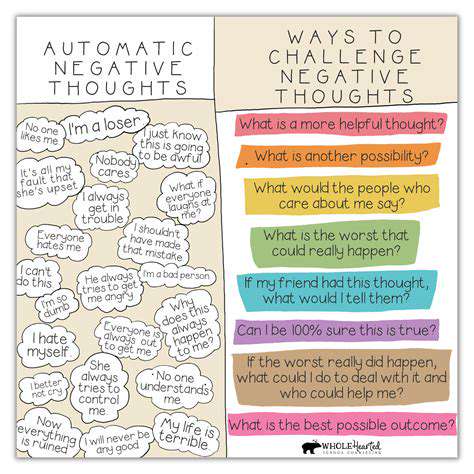負面思考模式,也稱為認知扭曲,是反覆出現的負面想法,會顯著影響我們的情緒、行為和整體福祉。這些模式通常源於根深蒂固的信念和
挑戰負面想法

識別負面思考模式
辨識負面思考模式是克服它們的第一個關鍵步驟。這些模式通常表現為自動化的
發展積極且現實的替代方案
識別潛在的壓力來源
辨識壓力的來源對於培養韌性至關重要。這需要內省和誠實的自我評估。 Pi
Disclaimer: All articles on this site are original, please do not reprint